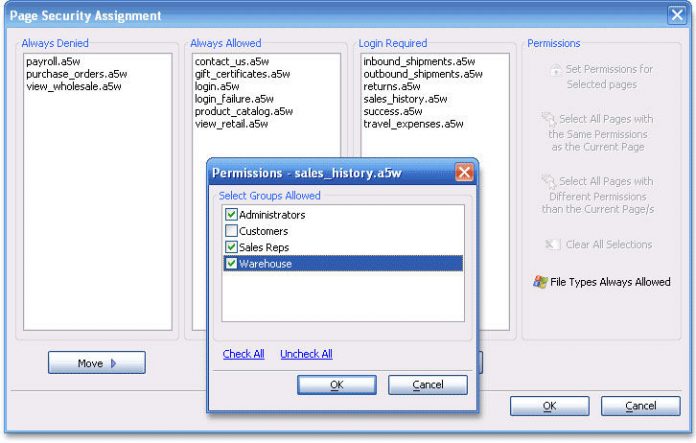
Click OK in the JavaScript Edit dialog box, and then click Close in the JavaScript Functions dialog box. The util object is used to format the date into the month/day/year format.ĥ. The newDate() ex-pression creates a new date object initialized to the current date and time. This script binds the Today field to the variable f, and then calculates the value. Var f = this.getField("Today") f.value = util.printd("mm/dd/yyyy", new Date()) In Java Entity objects, we can represent the binary or character data in many forms ranging from a byte array, and character array to. Type in the following text in the exact format (line wraps are OK) and click OK. Delete the automatically generated text, defining a Today function, that is displayed in the script window. To create a document level script that is executed each time the document is opened, choose View > Tools > Document Processing > JavaScript > Document JavaScripts. On the General tab, make sure the field is read-only because it will be a calculated field, and click Close.ģ. Select the Format tab, chooses Date for the format category, and chooses a month, day, and year format option (for example, “mmm d, yyyy”). (For more infor-mation, see the section on Creating Form Fields in the Acrobat online help.) Select All Properties > General tab and name the field Today.Ģ.


Edit > Add New Field > Text Field and create a text field. To retrieve all columns, use the wild card (an asterisk). The script you create to display the current date when the document is opened is a document level script. The syntax is: SELECT column1, column2 FROM table1, table2 WHERE column2value In the above SQL statement: The SELECT clause specifies one or more columns to be retrieved to specify multiple columns, use a comma and a space between column names.


 0 kommentar(er)
0 kommentar(er)
